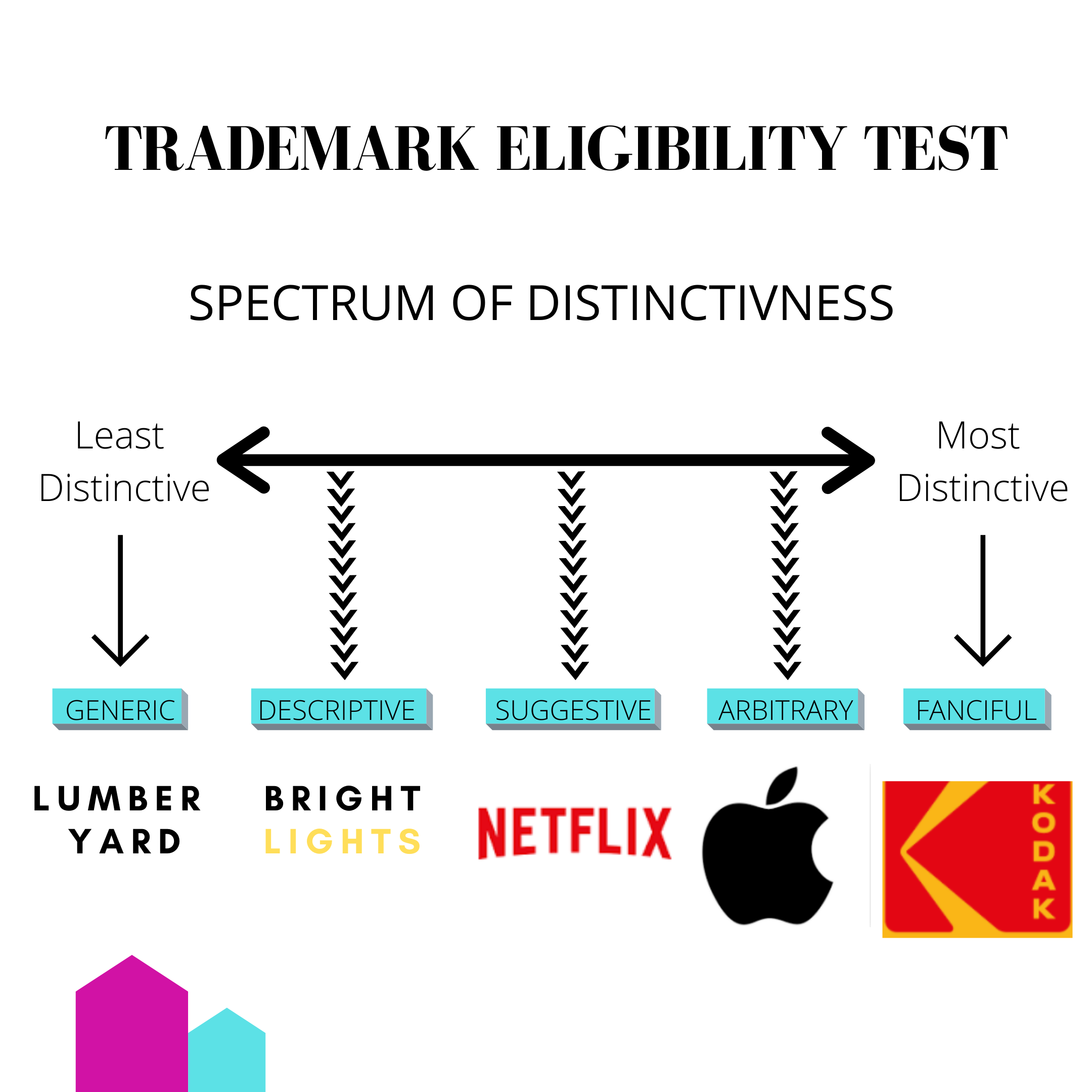Ultimately, companies are built with the objective of selling them (or at least the potential to sell them). More than anything else, the essence of a company – the thing that is most valuable, is its intellectual property. The company name, logo and branding assets that consumers recognize and relate to when deciding to purchase a company’s products or services. If you are serious about the future of your business, you must protect your branding assets with trademarks.
Understanding Trademarks
Have you ever wondered why the Prada can sell a pair of shoes for $1500.00? Are the shoes really worth such an obscene amount of money? Well, the reality is that these shoes are “worth” what people are willing to pay for them and the mere presence of the Prada name, or Trademark, on the shoe makes it worthy of a $1500.00 price tag. Trademarks are signatures and transmit a message of reputation when attached to a good or product. A trademark tells the consumer something about the product without the consumer having to actually know anything about the product. Is this a good quality shoe? Well, it has the Gucci name on it so it must be a high-end product. The trademark may be a word, symbol, phrase, or graphic design and if branded properly, distinguishes the given product from those of the company’s competitors.


